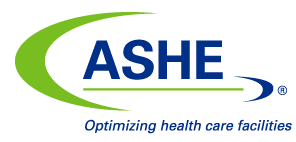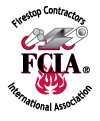Barrier Management Symposium Video Series
Improve your barrier management strategies and avoid some of the top citations through this video series. Then, take the following quiz to earn 12 CECs.
"A great resource for all frontline staff, contractors, and healthcare leaders."
Fire and smoke barrier systems are designed to be used for horizontal evacuations in health care facilities. To work properly, the fire and smoke barriers need to be continuous. Yet fire and smoke barrier penetrations are a major source of physical environment citations from the Joint Commission.
Understanding these systems and the way they are designed, installed, inspected, and managed can help facility professionals keep their facilities in compliance. That’s why ASHE is working with other organizations to provide this video series focused on fire and smoke barrier systems. The accompanying video explains more about smoke and fire barriers and why they are so critical.
The Barrier Management Symposium video series was created by ASHE, the Firestop Contractors International Association (FCIA), the Joint Commission, Underwriters Laboratories (UL) and many other partner organizations highlighted in the videos.
 |
Access the Barrier Management Symposium Video Series
Access the Barrier Management Symposium Video Series


